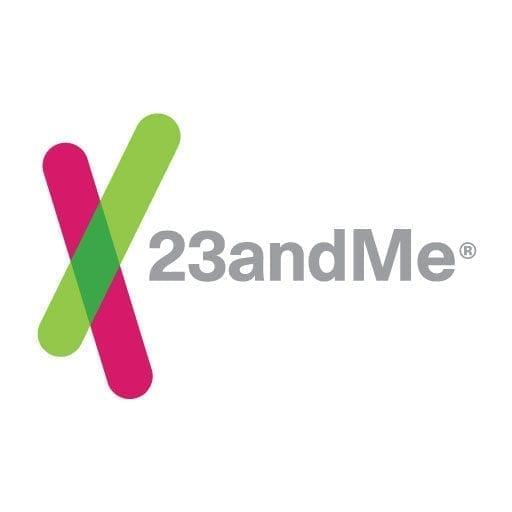
Just over 20 years ago, the first study using mitochondrial DNA (mtDNA) to trace prehistoric human migrations was published.
Your Mother’s Mother’s Mother’s, etc.
In this seminal study, scientists managed to determine that all humans alive today can trace their maternal ancestry back to one woman who lived about 200,000 years ago in Africa.
The findings were revolutionary, and the idea that we could use genetics as a new tool to examine human prehistory was staggering.
One of the main reasons mtDNA was originally used was that it is passed down relatively intact, from mother to children, without recombining with any other bit of the human genome. And even more importantly, there was a small section of the mtDNA that did not code for any genes and was thus unaffected by natural selection.
Any changes in this bit of mtDNA over time had to be caused by random mutations, which were believed to occur at a regular, clock-like rate. By counting and analyzing the mutations distinguishing any two individuals – or any two groups of people – scientists reasoned they could discover when their most recent maternal ancestor lived.
Some Issues
But there were a few problems with this idea.
First, the small section of mtDNA scientists were analyzing, known as the Hyper-Variable Region (HVR), represents only about 2.5% of the entire mitochondrial genome. Some scientists argued that analyzing the genome in full would yield more accurate information about our past. Second, the idea that the mutations in our mtDNA accumulate like clockwork has been questioned continually.
Just last year, 23andMe scientists reported that the mtDNA mutation rate may have been accelerating since the end of the Last Ice Age about 15,000 years ago, when human populations around the world began to grow and diversify at much faster rates. It soon seemed that many of the time estimates scientists had been calculating for years had been less accurate than previously thought.
A New Method
So geneticists at the University of Leeds took decided to create a new method of calculation based on the best possible evidence. In the June 12 issue of the American Journal of Human Genetics, the team led by Pablo Soares and Martin Richards describes how they developed a way to estimate the maternal ancestry of the world’s people that is more accurate and precise.
The revised method used by these geneticists centered around the idea of natural selection. Up to now natural selection had not played a major role in calculating time estimates, mainly because scientists only used the HVR to make these calculations, which was thought to be immune from natural selection.
Natural selection, an evolutionary force first described by Charles Darwin, gradually removes harmful genetic mutations and does appear to act on much of the mitochondrial genome. Failing to account for this evolutuionary force, according to Soares, has led to inaccurate and imprecise time estimates.
“What we’ve done is work out a formula that corrects this effect,” says Soares.
Dating Migration
Using this newly developed mathematical formula, “we can [now] date any migration for which we have the available data.”
After developing this formula, Soares and his colleagues set about to test current theories on prehistoric human migrations patterns by comparing previous time estimates to those calculated using their new and improved formula. The results have already cleared up some problems with the previous estimates. Using their formula to calculate the time when humans first made their away across the Bering Strait to the Americas, they came up with a date of about 15,000 years, a full 2,000 years later than previous estimates. This new estimate can put to rest a longstanding discrepancy between genetic data and the archaeological record.
According to Richards, “We can settle the debate regarding mankind’s expansion through the Americas. Researchers have been estimating dates from mtDNA that are too old for the archaeological evidence, but our calculations confirm the date to be some 15,000 years ago, around the time of the first unequivocal archaeological remains.”
The 23andMe Maternal Line feature already puts that event at 15,000 years ago, because our scientists rely on both archaeological and genetic evidence when estimating the dates of past events.
Soares and colleagues found similar differences when recalculating the time estimates of other important prehistoric migration events, like the peopling of Polynesia just a few thousand years ago and the earliest migration of modern humans out of Africa nearly 70,000 years ago.
But if anything, these corrections bolster the use of mtDNA in dating prehistoric events. Contrary to what some scientists have long feared, this study reveals that the principle underlying the technique was always sound; it was the specific method scientists used to analyze mtDNA that required a bit of fine-tuning.



